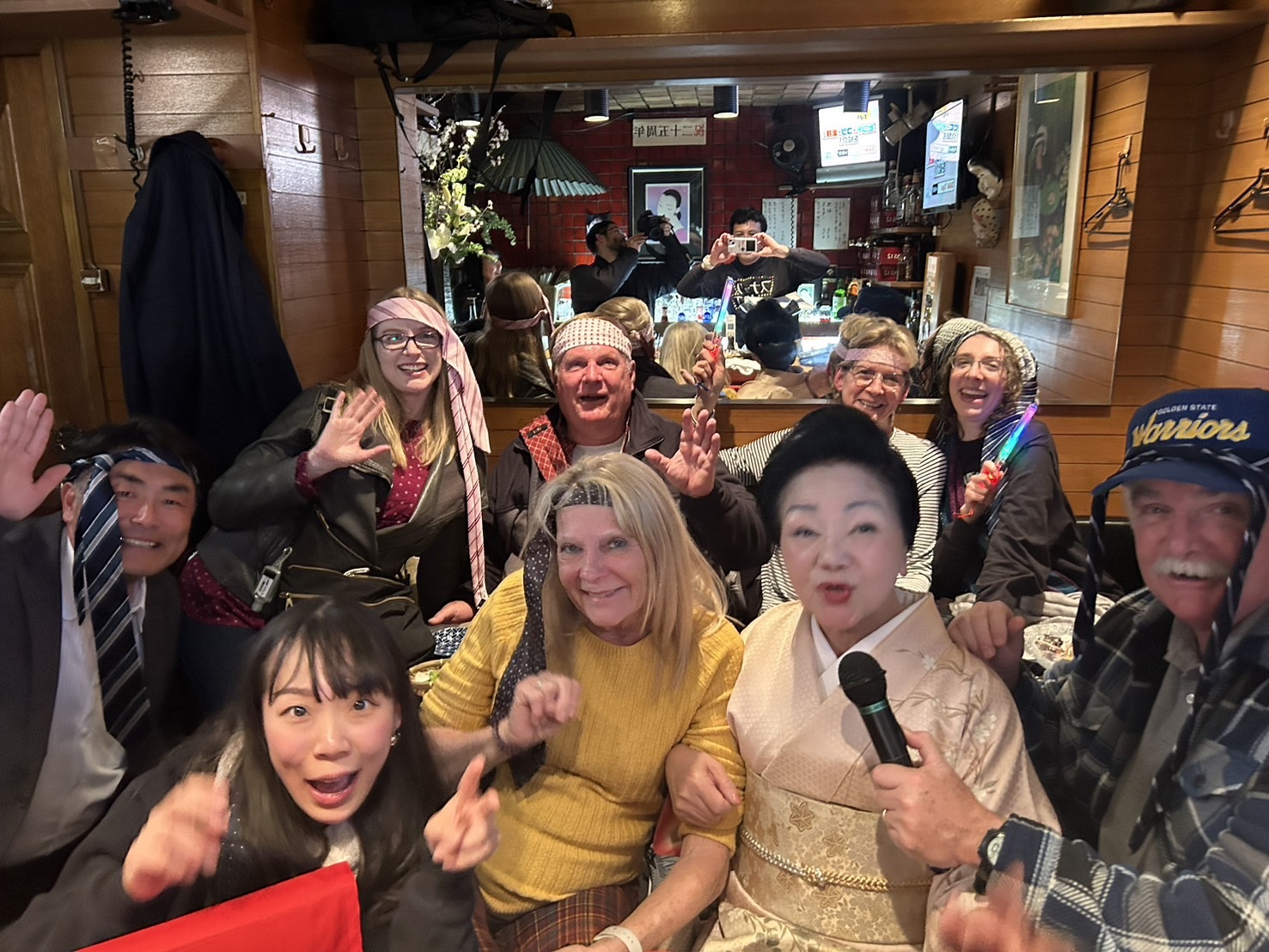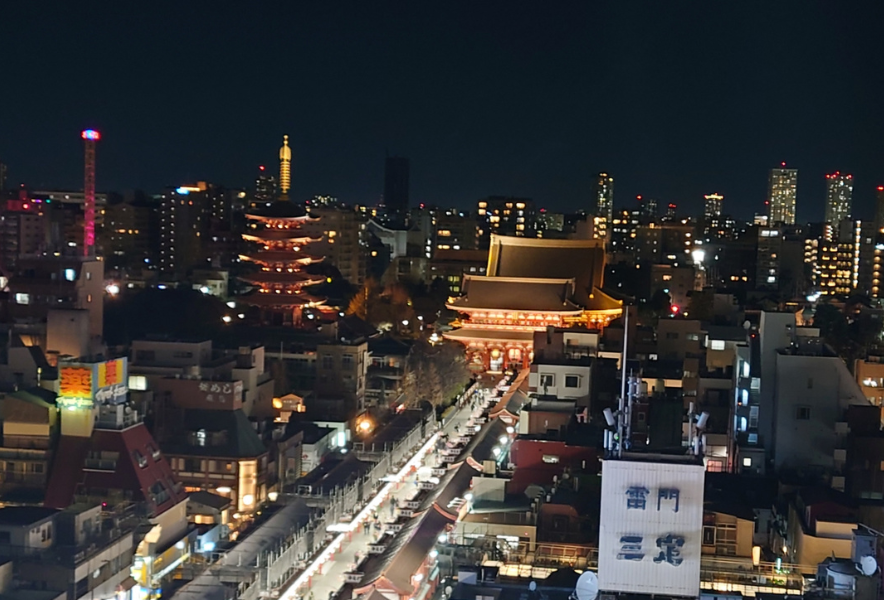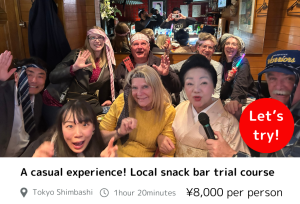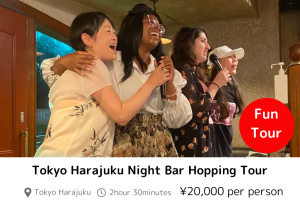For many visitors to Japan, the bustling streets of Tokyo, the exquisite cuisine, and the advanced technology leave a lasting impression. But beyond the neon lights and skyscrapers, Japan has a deeply spiritual side rooted in centuries of tradition. Temples and shrines are everywhere, quietly coexisting with the city’s modernity. Here are three things every traveler should know about these sacred places—followed by a unique way to end your day, Japanese-style.
Contents
The Difference Between Temples and Shrines
First, it’s essential to know the difference between temples and shrines. Temples (お寺, otera) are Buddhist places of worship, while shrines (神社, jinja) belong to the Shinto religion, Japan’s indigenous spirituality. Temples typically feature large gates (sanmon), incense burners, and Buddhist statues. Shrines are marked by red torii gates, sacred ropes (shimenawa), and often a peaceful atmosphere with ancient trees. Both are open to all and offer a place for quiet reflection.
How to Behave Respectfully
Visiting a temple or shrine requires no specific religious belief, but respect is important. At shrines, purify your hands and mouth at the entrance, then toss a coin, bow twice, clap twice, and bow once more. At temples, you may light incense and offer a silent prayer. Always be mindful of others—avoid loud conversations and unnecessary photos in sacred areas. Even if you’re not spiritual, these spaces offer peace and insight into Japanese values.
Three Must-Visit Shrines in Central Tokyo
Tokyo is home to hundreds of historic shrines, but here are three that blend accessibility, atmosphere, and cultural value:
- Meiji Jingu (Shibuya): Nestled in a quiet forest beside Harajuku, this grand shrine honors Emperor Meiji and Empress Shoken. A popular spot during New Year’s celebrations, it offers a serene escape in the heart of the city.
- Kanda Myojin (Chiyoda): This colorful shrine near Akihabara is beloved by both businesspeople and anime fans. Dating back over 1,200 years, it’s known for blessings of good fortune, success, and protection.
- Karasumori Shrine (Shinbashi): Tucked among the modern buildings of a busy business district, this small but vibrant shrine is known for its striking multicolored talismans and ties to prosperity and success. It’s a popular stop for local workers and a hidden gem for travelers exploring the area.
After Exploring the Sacred—Experience the Local Soul
After a day of cultural discovery, why not unwind the Japanese way? Join the Snack Yokocho Tour, where you’ll step into the world of snack bars—small, welcoming bars hosted by friendly mama-sans. These bars are modern-day gathering spots where locals relax with drinks and karaoke. Just as shrines reflect Japan’s spiritual roots, snack bars reveal the warmth and connection that define Japanese nightlife.
Tokyo is a city where the ancient and the modern walk side by side. Visit a shrine in the morning, enjoy a traditional lunch, and finish the night laughing with new friends at a snack bar. That’s the real Tokyo experience.
Experience a Japanese Snack-bar with a fun guide tour
After you enjoy the place, you can go to Snack Bars, beloved by many but you can’t enter without a guide. You can enjoy communication with the owner and other customers, as well as singing karaoke, allowing for a relaxing time.
Most snack bars have a policy of refusing entry to foreigners. However, with a tour, you’ll have a guide, so you can enter with peace of mind.
When visiting Japan, don’t just check off the tourist spots –
dive into local experiences for an unforgettable journey!

Once you experience it, you’ll be captivated too! The charm of snack bars.

New encounters with people! The camaraderie of singing at a snack bar! Conversations with the mama-san!





